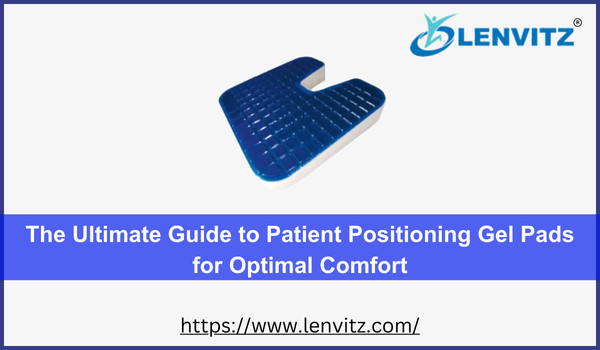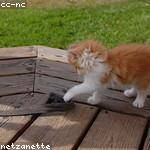The Ultimate Guide to Patient Positioning Gel Pads for Optimal Comfort
Comfort and patient safety are paramount in the world of healthcare. Over the years, one of the most crucial tools developed to ensure both is using patient positioning gel pads. They are used as support for different body parts so that patients are prevented from feeling uncomfortable because of developing pressure sores while undergoing other medical procedures. Find out more about its importance, types available in the market, and its specific uses, such as prone position gel pads and lateral position gel pads.
What Are Patient Positioning Gel Pads?
Patient Positioning Gel Pads are unique cushions fabricated of medical-grade gel material to equalize the distribution of a patient's body weight so that undue pressure points, which could result in bedsores and other related complications, are eliminated. More specifically, these pads are helpful during long surgical interventions, diagnostic tests, or when patients have to stay in one position for a long time.
Benefits of Gel Pads
Pressure Relief: One of the major benefits of gel pads is that they can help relieve pressure off tender parts of the body. This is crucial in preventing pressure ulcers, which are common in immobile patients.
More Comfort: The conforming nature of the gel material is designed to allow for better comfort than has ever been possible with ordinary foam padding.
Thermoregulation: Gel pads can help in the regulation of temperature, and this will, therefore, increase patient comfort throughout their procedures.
Durability: Made with quality material, these pads are durably built to withstand frequent usage and easy cleaning, making them a cost-effective solution for healthcare facilities.
Types of Patient Positioning Gel Pads
Prone Position Gel Pads
Prone position gel pads for the prone position are meant for the patient lying face down. Generally, the prone position is used for most procedures on the spine and the posterior part of the body. Features that these gel pads exhibit are:
Chest and Abdomen Support: It cushions the chest and abdomen, thereby helping prevent pressure sores and promoting good breathing.
A prone pad may also have an opening for the face. It can ensure that the head remains in a midline position and may prevent facial pressure injuries.
Leg and Arm Support: By adding further pads to support the legs and arms, position can be maintained which is comfortable and stable.
Gel Pads - Lateral Position
Lateral position gel pads are specifically used when the patient needs to be placed in a lying side position. This type of requirement usually comes before surgery on the kidneys, lungs, or hips. Features in such pads include:
Provides Support from Head to Toe: Such pads support the entire side of the body, right from the head to the ankle.
Stabilization: They prevent patient movement, thus no shifts during a procedure.
Pressure reduction: The lateral pads cushion the bony prominences—shoulders, hips, and knees—reducing the risk for pressure sores considerably.
Selecting the Most Suitable Gel Pad
Choosing an appropriate patient positioning gel pad would depend on the following factors:
Procedure Type: The type of medical procedure determined if a prone or lateral type or other style of pad needed to be used. Patient's physical state: this includes body size and weight of the patient, as well as special conditions the patient might have that will affect their position. Pad Features: Look for the following pad features—temperature regulation, ease of cleaning, and antimicrobial.
Conclusion
Gel pads are an assurance of the best care for the patient and the safest procedure. Whether it's about prone position gel pads for face-down surgeries or lateral gel pads for a side-lying surgery, it ensures the best possible support and protection for the patient. Getting the best quality gel pads is an investment in patient outcomes and a facility's efficiency and reputation.
https://www.lenvitz.com/comman-gel-pads/
https://www.lenvitz.com/prone-position/
https://www.lenvitz.com/lateral-positioner/


